
 By Eliza Popova
By Eliza Popova
The other day in Russia, they announced the beginning of the mass production of a new Russian drone "Tuzyvik". It is allegedly equipped with the advanced self -identification system in the final section of the flight trajectory, which allows to effectively strike the goals without the direct participation of the operator.
The developers argued that it provides immunity to the means of electronic struggle (HRV) of the enemy, which is a significant advantage in the current conditions of hostilities. Focus tells everything that is known about the new UAV "TUBUK" and what is the dangerous Russian wing. The new Russian unmanned aerial vehicle "Tick" is a development made according to the aerodynamic scheme "Flying Wing".
Outwardly, it resembles a reduced copy of the famous drone "Geranium", which is why the unofficial name "Mini Geranium". This compact drone is specially designed to perform tasks on the line of combat collision, which requires high maneuverability, accuracy and resistance to counteraction. Tuvaika developers emphasize its unique ability to withstand the means of radio electronic struggle (HRB).
This stability is ensured by the Land Communication System, which allows the drone to store stable control even in the conditions of active electronic suppression. In addition, the "tuft" is equipped with an autonomous flight function: it is able to overcome the zones of action of the HR, using autopilot, and at the final stage of the trajectory is exactly the target without operator intervention.
According to the General Intelligence Directorate, Twush develops a maximum speed up to 180 km/h, which allows it to achieve the target quickly. The range of its flight is up to 40 km, and the maximum stay in the air reaches 20 minutes. The useful load of the drone, which is about 3 kg, allows you to deliver combat charges or special equipment, depending on the task.
According to its manufacturers, one of the key features of "tupovik" is its advanced complement system, which uses elements of artificial intelligence. This system allows the drone to analyze real terrain in real time, comparing it with pre -loaded digital cards. In addition, the "Tick" is equipped with the so -called "electronic file" of goals - a database that contains information about potential objects for damage.
This allows the drone to independently identify the goals, including moving objects, and adjust their course for the most accurate stroke. The integration of artificial intelligence into the guidance system significantly increases the efficiency of "tupovik" in modern combat, which uses complex counter -counter systems, such as HNR or anti -ration complexes. The possibility of autonomous analysis of the area and goals allows the drone to adapt to the dynamic conditions of the combat environment.
The compact size of the "tupovik" complicates its detection by radar, and high speed and maneuverability reduce the likelihood of interception. The combination of these characteristics with artificial intelligence technologies makes drone dangerous to Ukrainian defenders in high -intensity areas. According to a radio engineer and airborne intelligence specialist Yuri Kasyanov, Russia is not experiencing a lack of quality circuits, as well as drone production specialists.
In addition, they have a rather developed system of enterprises for the production of different types of drones. "They have no problems with the chips - they themselves do the chips, and what they do not do can buy in China. They just have thousands of engineers and designers engage in this theme, and we have garage production. So we lose (this arms race)," says focus.
The military expert, co -founder of the consortium of defense information Valentin Badrak, sees the noticeable modernization of Russian drones. In his opinion, Russia is moving in the development of UAV due to the impulse that was given to Iran. Some technologies of Russia have received from China, as well as thanks to smuggling and sanctions, Russia was able to take significant steps in this direction.
In addition, the Armed Forces serviceman Yegor Firsov highlights significant changes in the use of drones at the front, noting that Russia has advanced significantly in this area. According to him earlier, Russian drones acted chaotic and limited distances, but now they make systemic flights to a depth of 10-15 km, forming the real swarms of drones.
In addition, the remedies of electronic wrestling (HRS) of the enemy have become more effective, which creates additional challenges for the Ukrainian troops. Firsov emphasizes that in order to achieve the advantage it is necessary not only to have drones, but also to ensure their resistance to HRs, as well as to develop their own means of counteracting hostile technologies.
He emphasizes the importance of engineering solutions, experiments and continuous improvement, since technological advantage will determine success in modern war. We will remind that on May 15 in Ukraine for the first time presented the drones of Magura V7, which in May knocked down two Russian fighter jets of the SU-30. Also, UARMYHELP volunteers have developed a new version of a portable RAP based on SDR and a mini PC with a monitor.


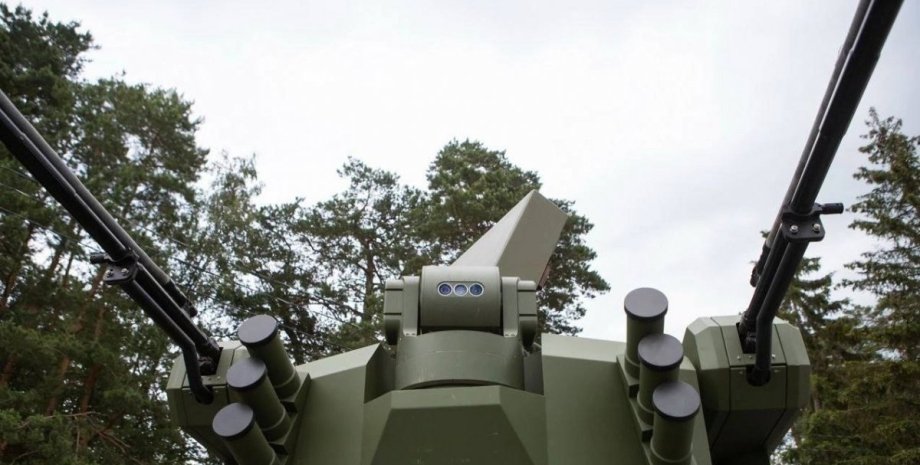
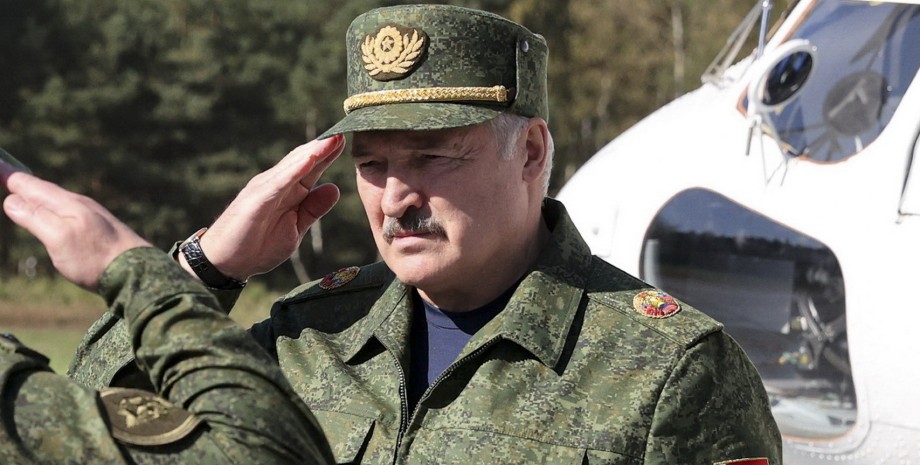
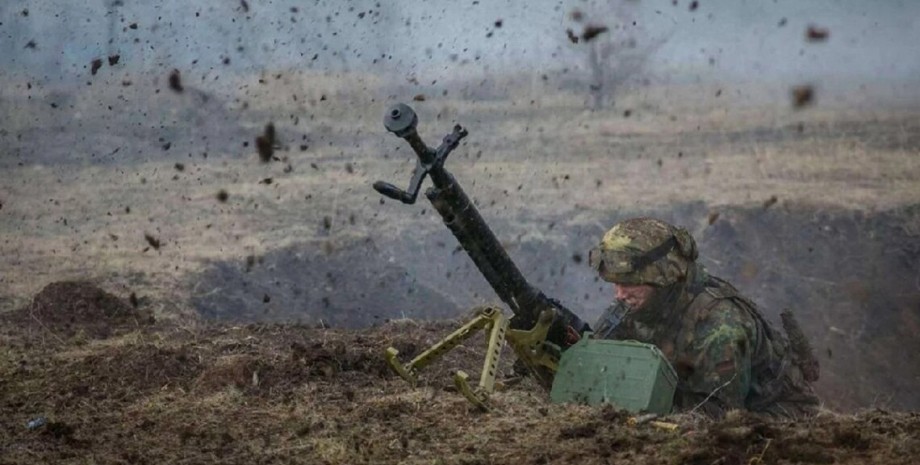

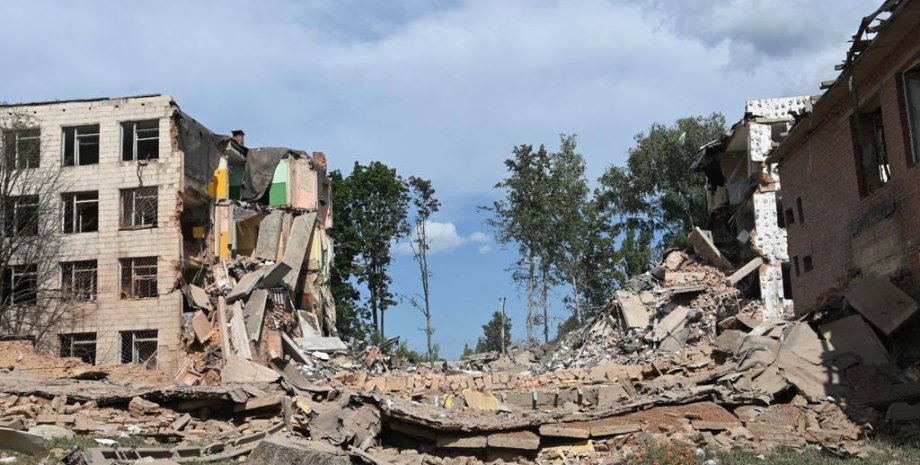

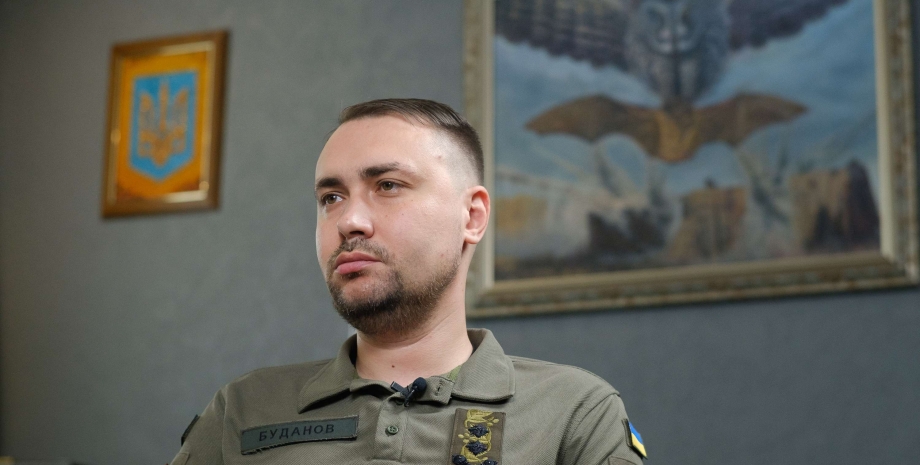
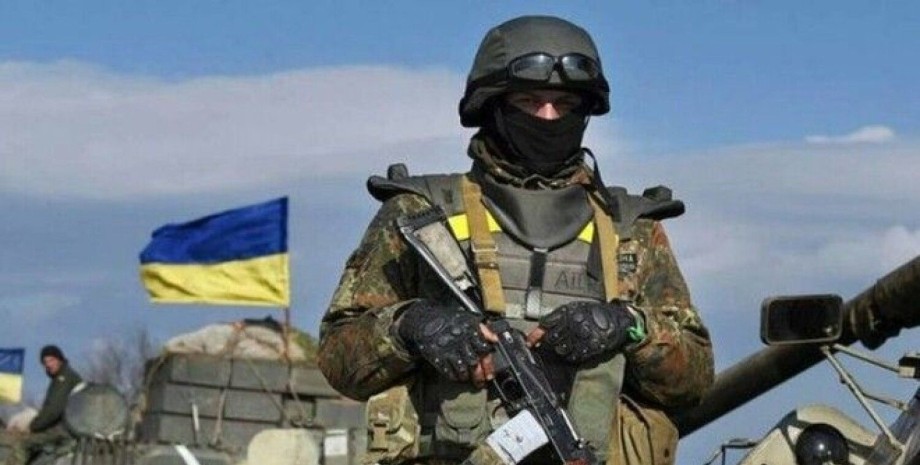
All rights reserved IN-Ukraine.info - 2022